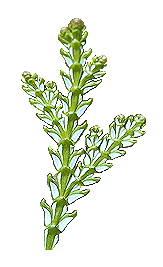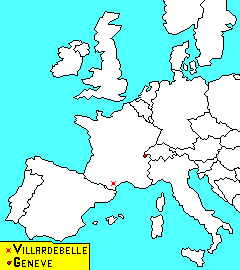



 Geology : in Villardebelle, the rocks are from Devonian (usually : limestone) and Carboniferous (usually : schists) ages. In the Arboretum, rocks are mainly limestone, but not exclusively. The geology of the region (Pyrénées) is a true puzzle, also because there are many inclusive
rocks. Investigations are still under way.
Geology : in Villardebelle, the rocks are from Devonian (usually : limestone) and Carboniferous (usually : schists) ages. In the Arboretum, rocks are mainly limestone, but not exclusively. The geology of the region (Pyrénées) is a true puzzle, also because there are many inclusive
rocks. Investigations are still under way.
| Absolute yearly minimal temperature : average 1970-1997 | -8.7° C [16.3° F] |
| Absolute january minimal temperature : average 1970-1997 | -7.5° C [18.5° F] |
| Mean january minimal temperature : average 1970-1997 | 0.3° C [32.5° F] |
| Average number of days max. temperature < 0° C [< 32° F] | 2.6 |
| Average number of days min. temperature < 0° C [< 32° F] | 62.8 |
| Average number of days min. temperature < -5° C [< 23° F] | 9.8 |
| Average number of days min. temperature < -10° C [< 14° F] | 0.9 |
| Main natural vegetation is : Quercus ilex, and other deciduous Quercus sp., Fraxinus excelsior, Acer monspessulanum, Prunus spinosa, Corylus avellana, Crataegus monogyna, Buxus sempervirens, Ilex aequifolium, Genista sp., Cupressus sempervirens, Juniperus communis, Prunus avium and Pterydium aquilinum.
Main trees planted for timber in the surroundings are : |
Juniperus occidentalis
 |
Pest and diseases : so far only one major pest attacking pine needles, Thaumetopoea pityocampa.
